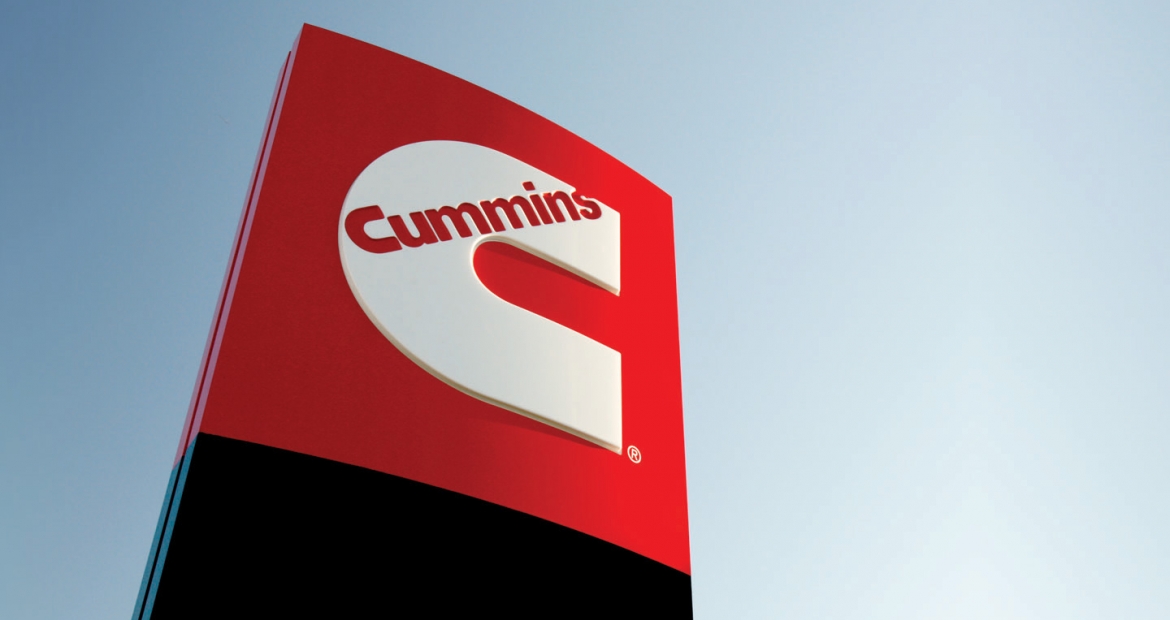EXCLUSIVE: Touted as a next-gen bus fleet technology solution, Australian manufacturer BusTech and US commercial vehicle global giant Cummins will partner to offer a unique ‘one bus, three powertrain options’ bus to future-proof operator fleets.
In essence, the landmark concept agreement would mean a bus operator could use the same BusTech body and frame for its 25-year-plus life cycle – a traditional Australian bus community expectation in some parts still – but have it use either a Cummins diesel, Cummins zero-emissions fully battery electric, or Cummins hydrogen fuel-cell power option – at any time desired, for whatever route reason required – effectively obviating the need to keep buying entirely new buses each time.
With a ‘change’ essentially deemed a mere ‘maintenance service’, an operator simply chooses whether they want to have a Cummins Euro 6 emissions-standard bus (hybrid will not be available), or a fuel cell or electric option, thereby arguably offering the Australasian market unparalleled (at present) flexibility to future-proof a bus fleet.
The radical idea would mean Cummins continues to power BusTech via new battery electric and fuel cell electric powertrains into the future.
The electric and fuel-cell powertrain components will be manufactured in the United States, with final assembly and integration into the buses taking place in Australia. While no official price point has been announced as yet, ABC magazine can confirm, it is being described as ‘market competitive in terms of pricing’.
“We are excited to continue working with BusTech to provide the next evolution in clean, dependable solutions from Cummins,” said Amy Davis, president of New Power at Cummins.
“Our ability to offer a full portfolio of solutions allows our customers to seamlessly transition to one of several decarbonised solutions depending on their needs and specific use case.
“With a global support and service network already established, we’re equipped to support customers as they integrate zero-emissions vehicles into their fleets,” she said.
 LONG LIFECYCLE
LONG LIFECYCLE
The agreement provides for initial units to be developed for both battery electric and fuel cell electric, with plans to ramp up production in late 2021 and early 2022 respectively, according to BusTech and Cummins.
Of the idea – based on using an updated XDi low-floor transit/city bus body and frame – BusTech group managing director Christian Reynolds remarked: “We have leveraged Cummins diesel technology for many years to produce over 500 integrated chassis, and now we are excited to work together to deliver the next evolution of the platform.”
As he explained further: “With technology evolving rapidly and a long vehicle life cycle, we know customers need a vehicle architecture that provides commonality, but allows them to adapt. We are focused on value for money and total cost of ownership.”

AT THE FOREFRONT
The Battery Electric System from Cummins debuted in 2019 after extensive development, testing and validation, the company states.
Cummins battery packs – which form an integral part of the battery electric powertrain – are designed and built by Cummins, it confirms. The batteries feature a lightweight enclosure and flexible energy-dense modules, all controlled by a proprietary battery management system (BMS) to keep the packs operating at maximum performance, says Cummins.
Within the system, the packs can be scaled from 444 kWh to 518 kWh. The battery electric powertrain for BusTech will have a range up to 350 km between recharging, a Cummins spokesperson stated.



The Cummins fuel-cell electric powertrain will maintain a large amount of commonality with the battery electric system and will be built on the same chassis from BusTech, the company confirms.
Cummins, which acquired Hydrogenics Corp. in 2019, will combine the Cummins proprietary batteries with its 90 kW proton exchange membrane (PEM) fuel cell to provide a 450-600 km range based on various on-board hydrogen storage options, a company spokesperson stated.
BusTech chief technology officer Gregg Dinning said: “Cummins shares our philosophy of building a vehicle platform to ease the transition to zero emissions vehicles.”
“An operator can select the best energy solution for a route, taking advantage of the unique properties of the battery- and hydrogen-powered vehicles.
“The updated XDi architecture simplifies mixed-fleet vehicle maintenance through the quantity of shared components,” Dinning explained.
“Leveraging Cummins’s knowledge of zero-emissions technology and powertrain operation in Australia enables BusTech to deliver a vehicle that is optimised for Australian conditions from conception.”
EXTENSIVE NETWORK
To support BusTech’s XDi zero-emissions products, Cummins will provide local service to customers through its company-owned distributor network, one of the largest in Australia supporting the bus market, the company explains.
Cummins has more than 35 branch locations in Australia and New Zealand, and in excess of 6,000 dealer and distributor locations globally, it confirms.
“We’re excited to strengthen our already strong relationship with BusTech, allowing our mutual customers to experience the journey to zero emissions with partners they know and trust,” said Chris Bowerman, bus and coach business manager for Cummins South Pacific.
“Being able to offer customers everything from Euro 6 clean diesel to battery electric and hydrogen fuel-cell electric within one bus should create confidence that we can provide the best-fit solution for each customer’s unique needs,” Bowerman explained.

